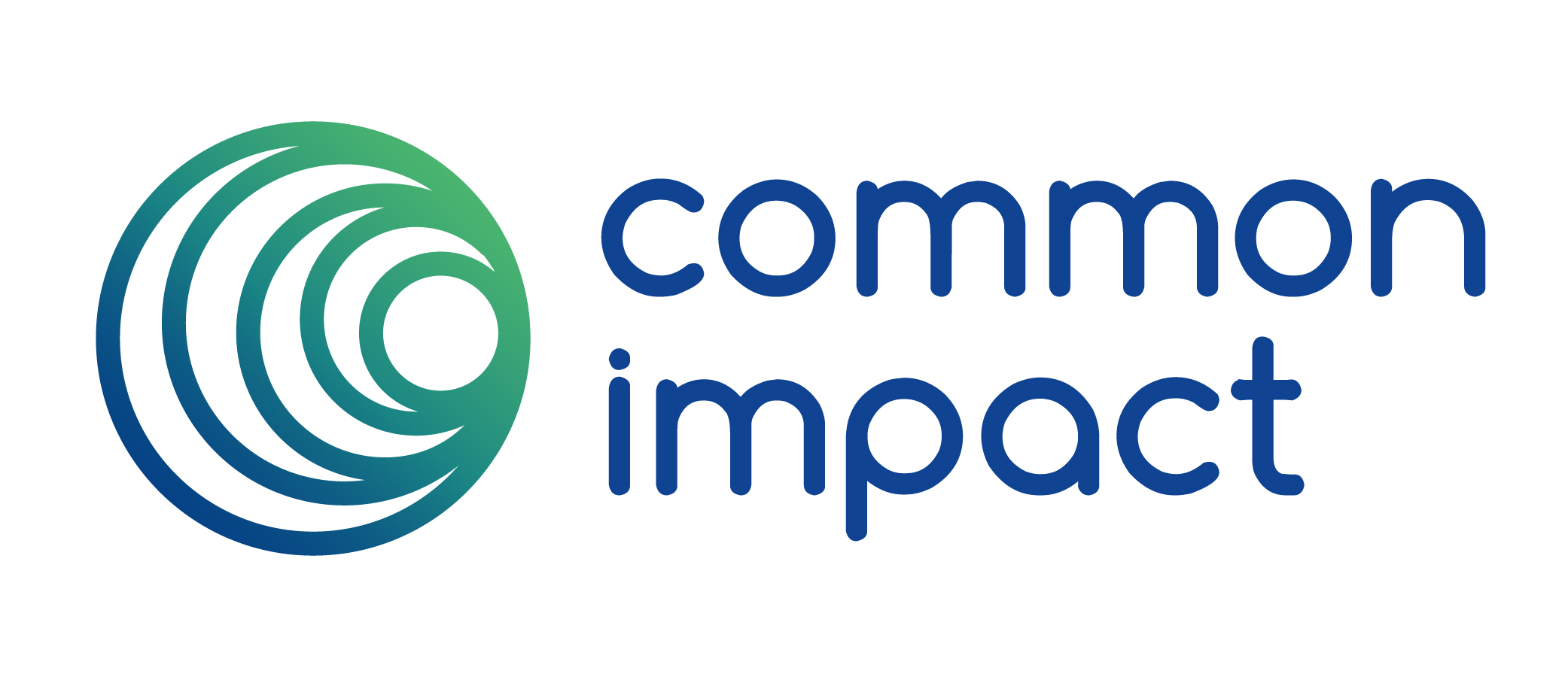What the Rise of Skills-Based Volunteering Means for Nonprofits
by Danielle Holly

Over the past ten years, the private sector has vastly increased their investment in communities. In 2015, 75% of companies were engaged in corporate citizenship activities [1]. Those activities include philanthropic and impact investment, employee giving programs, volunteerism and skills-based volunteerism. Among those programs, skills-based volunteerism is the most rapidly growing program, with now more than 50% of companies channeling the talents of their employees to nonprofit organizations [2]. The rise in popularity of these programs is largely due to the fact that there is a strong business case for skills-based volunteering. These programs have been shown to increase employee engagement and retention, while also measurably enhancing the employee skills and talents that they bring back to their desks [3].
But what does this mean for the nonprofit organizations that these companies are increasingly looking to support?
The nonprofit sector's need for these capacity building skills - business planning, marketing, operations, finance, technology - is significant. The average nonprofit spends 2% of their organizational budget on infrastructure, compared to private sector at 20% [4]. Given that need, you could easily assume that this influx of pro bono corporate talent would be a boon for nonprofits. And indeed, we have seen this rise of skills-based volunteering have transformative impact on many nonprofit organizations. At the same time, we have also seen many nonprofits that are hesitant or unready to take on pro bono support. Why?
Skills-based volunteering takes a new and different type of investment from nonprofit organizations.
-
Staff Expertise and Capacity: Managing a capacity building project that’s executed by skills-based volunteers requires a deep investment from staff and a particular set of expertise. The most successful skills-based projects are what we call “puzzle piece” projects -- when the skills of a volunteer perfectly complement the skills of the nonprofit staff. Connecting a volunteer’s Six Sigma skill set with a nonprofit director’s deep program expertise to improve and expand service delivery. Connecting the branding expertise and toolkit of a Fortune 500 corporate employee to the Executive Director of a small nonprofit who knows an organization’s donors inside and out in order to evolve a fundraising platform. These matches nearly always require the time and talent of senior level staff. Too often, the role of engaging and guiding skilled volunteers falls to the volunteer manager. While this person is often the most talented at engaging and cultivating volunteers, they are not always the right person to steward a skills based volunteer project that’s focused on a particular functional or strategic challenge.
Check out our cheat sheet for selecting the person from your nonprofit team to make the most of a skills-based project opportunity.
-
Making the Business Case to your Board and Staff: For nonprofits who haven’t used skilled volunteers, the return on the investment of time, capacity and project-related financial investment can be unclear. Most nonprofit board and staff members agree conceptually that they need the skills corporate volunteers bring to bear, but building the internal buy-in needed to take the next step in identifying and moving forward with those projects can be the biggest barrier nonprofit leaders face with this model. The most frequent questions we hear: “Are the volunteers really going to understand our model enough to make an impact?”, “Should we just hire a consultant to make sure we get what we need?”, “Should we hold off on this project until we have more time?” Defining the tangible and intangible value of a skills based engagement can be a powerful tool in helping you and your organization understand whether to embark on a particular project. A few dimensions to consider:
-
The market value of the project deliverable, either through the value of the skilled volunteer’s time (avg. $150 / hour) or the going rate for that deliverable in your region
-
The ways in which the deliverable will enhance your mission. Will it increase the number of clients served and number of communities reached? Will it decrease the number of hours that your staff spends on administrative functions? Tie the intended project results into your overall operational goals for your organization.
-
The potential value of a long term relationship with the individual skilled volunteers and the companies they represent. Does the skilled volunteer have a skill set that you could use long term? Could they be a strong fit for your staff, Board of Directors or advisory boards? Do they work for a company that focuses its philanthropic and engagement efforts on your mission area? Ask yourself what the longer term benefits of the relationship could be.
-
Clearly defining the nonprofit investment required is just one dimension to consider in this rising supply of skilled volunteers. Over the next few months, Common Impact will be exploring how companies and nonprofits can make the most of their investment in pro bono programs – through talent and leadership development, balanced corporate-nonprofit partnerships, and defining the metrics that matter. We’re looking forward to hearing your stories and experiences as part of this series, and sharing how you’ve brought skills-based volunteering to life at your organization.
Looking for more? Check out our upcoming training for Making the Business Case for Capacity Building on February 29th at 1pm EST.
[1] Boston College Center for Corporate Citizenship, State of Corporate Citizenship 2014, 2014
[2] Committee Encouraging Corporate Philanthropy, Giving in Numbers 2015, 2015
[3] Eggers, William D., Nate Wong, & Kate Cooney, The Purpose Driven Professional, Deloitte University Press, September 2015
[4] Common Impact, Assessing the Problem: Underinvestment in Organizational Infrastructure, 2008

